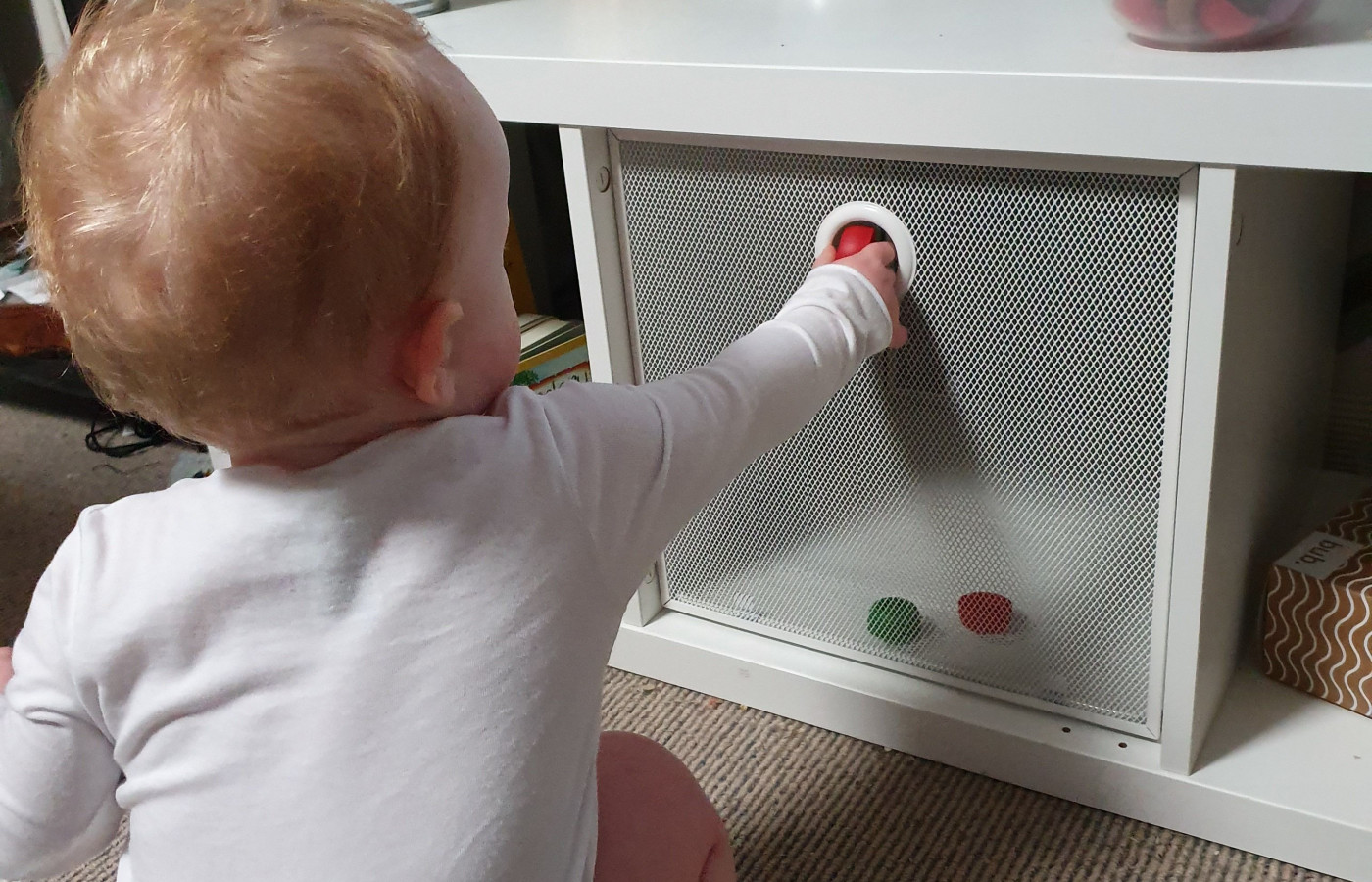Bottle tops!

Bottle tops!
Loose parts play for toddlers - schematic play
Materials Required
- A collection of clean, dry milk bottle lids or other lids
- Empty tissue boxes (2-3)
- Tray/shallow container for lids
Alternative for lids - buttons or counters, pom poms, Alternative for tissue box - box, basket, cup, bowl, bottle (something the objects can fit into)
Play experience profile
-
Age:
-
Min Playtime5 - 15 Minutes
-
Energy LevelQuiet Play
-
Messiness Rating
-
EYLF Outcomes
Play Experience Preparation
Collect and wash bottle tops - Collect empty tissue boxesExperience Steps
- Present lids/bottle tops/buttons to your child on a tray/shallow container and two empty tissue boxes.
- Pick up a bottle top and put it into the tissue box.
- Allow your child to copy you or engage with the items in the way they would like to.
- Copy your child's actions if you wish to - play alongside.
- Narrate what's happening (e.g, in, out, full, empty, more).
- Allow your child to freely explore the items if they wish.

What to talk about, or questions to ask during the experience
- Describe what is happening
- Count the lids
- Offer instructional language (more, stop, again)
- Talk about and label colours
Build on this...
- Put some into the box to see if they can work out how to shake them out.
- Use smaller objects such as pom poms into a bottle to challenge dexterity.
- Offer items that are too big to fit in the tissue box and allow them to explore different ways to solve the problem.
- Sort bottle lids by colour if you have more than one colour.
WHO guidelines for physical activity and sedentary behaviour
Provide evidence-based public health recommendations for children, adolescents and adults on physical activity.
Learn more
Provide evidence-based public health recommendations for children, adolescents and adults on physical activity. Learn more
This is not physically active, but can be extended to include physical activity by encouraging movement to accompany play. For example, when counting lids, match this with jumps/hops etc.
EYLF Outcomes
The Early Years Learning Framework has been designed for use by early childhood educators working in partnership with families, children’s first and most influential educators.
View PDF
The Early Years Learning Framework has been designed for use by early childhood educators working in partnership with families, children’s first and most influential educators. View PDF
- Children develop their emerging autonomy, inter-dependence, resilience and sense of agency
- Children develop dispositions for learning such as curiosity, cooperation, confidence, creativity, commitment, enthusiasm, persistence, imagination and reflexivity
- Children develop a range of skills and processes such as problem solving, inquiry, experimentation, hypothesising, researching and investigating
EYLF Principle
Principle 1: Secure, respectful and reciprocal relationships. Through a widening network of secure relationships, children develop confidence and feel respected and valued.
EYLF Practice
Practice: Intentional teaching. Intentional teaching is deliberate, purposeful and thoughtful. They use strategies such as modelling and demonstrating, open questioning, speculating, explaining, engaging in shared thinking and problem solving to extend children’s thinking and learning.
https://www.onehundredtoys.com/blogs/news/understanding-schema-play-in-toddlers#enveloping
Author:


